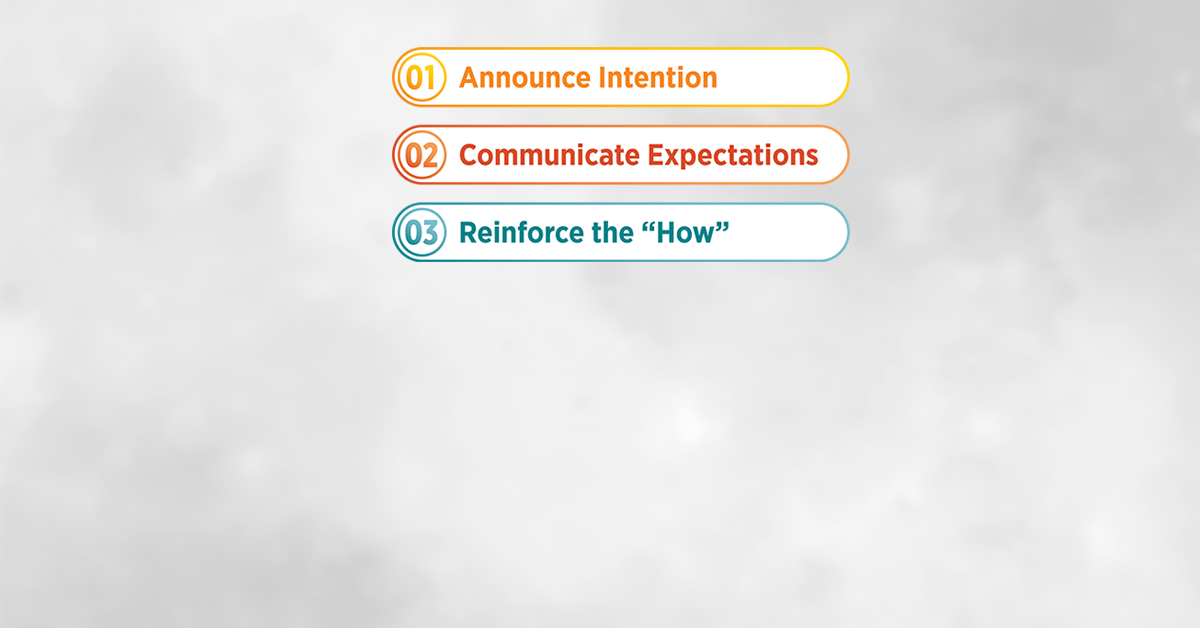This is Part 1 in our “Communicate with Purpose” series, with fixes for the five most common mistakes in HR communications. Up next: Fix #2: Simplify Your HR Communications, Yet Be Technically Correct.
If you’re sending a lot of blanket communications to all employees, you risk losing their attention for HR communications in general. There are times when you need to send the same message to all employees, but it’s far more often that a tailored communication to specific employees would get the results you want.
Think about it. If a company frequently sends mail to your home about real estate in Texas, but you live in Iowa, it probably ends up in the trash. So, when they finally send a flyer about lakeside property nearby, you’ll probably miss it. You’ve tuned them out.
You can fix this mistake.
Think About What Information Matters to Them.
It’s easy to figure out who needs to hear about a change in a medical plan’s local network. But if you dig a little deeper into your data, you can tailor many of your messages.
A young single parent working as a machine operator or waitress may tune out repeated messaging about retirement planning, and a 55+ cashier or production manager might not be interested in reading about childcare benefits. But if they all consistently receive communications that don’t apply to their lifestyle, they’re likely to ignore most of what you send.
Check out how a well-known retailer went all out to target employees nearing retirement, helping them understand the process with an effective targeted campaign.
Instead, dive into the demographics of your organization to selectively target the right groups for specific messaging. Use data (from HR systems and vendors) to segment your employee groups — by age, gender, marital status, etc. For example, would you promote family-friendly benefits to employees who are nearing retirement? Or 401(k) catch-up contributions to young newlyweds?
Consider the Level of Understanding Each Employee Group Needs
A communication to senior managers likely reads different than a communication to factory floor workers. It may have more detail and specific references not needed for non-management — frontline workers don’t always need the “why” of a benefit change, and too much detail leads to confusion (and a lot of calls to HR).
If you’re moving to a new provider for your dental plan because it will save the company significant money, your executive team will want to know the “why.” But shift workers only need to know how that change affects them — is the coverage or network different, and does it cost more.
Figure Out How to Reach Them
This comes down to channels, and how different employee groups prefer to get company news. Your data can help with this, too. While a 20-year-old in a restaurant or warehouse may read all their work communications on a smartphone, a 60-year-old line manager may prefer more tangible (and readable) info mailed home.
To learn more about how to reach non-desk employees, and how to fix the most common HR communications mistakes, download our ebook, Communicate with Purpose.
Download our ebook, Communicate with Purpose
Keep up with us on LinkedIn for more tips on HR communications.



